Basque People
・The Basque people are an Indigenous ethnic group primarily inhabiting the Basque Country, a region spanning parts of northern Spain and southwestern France.
・They are known for their unique language, distinct cultural identity, and strong sense of regional pride.
・The Basques refer to themselves as "Euskaldunak" (speakers of Euskara).
Location
・In Spain: Basque Autonomous Community (Bizkaia, Gipuzkoa, Araba) and Navarre
・In France: Three provinces in the Pyrénées-Atlantiques (Labourd, Soule, Lower Navarre)
・The region is mountainous and coastal, with a rich natural environment.
History
・The Basques have inhabited the western Pyrenees since prehistoric times.
・They resisted full Romanization and maintained linguistic and cultural independence for centuries.
・In the Middle Ages, they formed the Kingdom of Navarre.
・Although integrated into Spain and France over time, they have maintained a strong push for autonomy and cultural preservation.
Culture
・Architecture:White-walled houses with red trim, traditional farmhouses called etxe.
・Music & Dance:Energetic footwork in circle dances like aurresku and live percussion.
・Cuisine:Famous for pintxos (Basque tapas), Basque cheesecake, and cod dishes.
・Sports:Traditional rural sports include wood chopping and stone lifting.
Basque Symbols and Flag
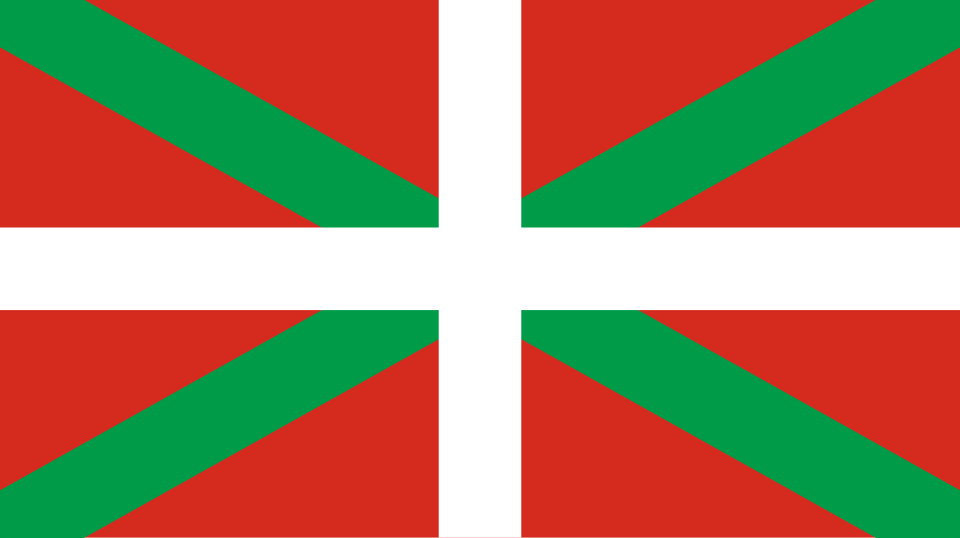
IkurriñaThe Basque flag
・Red background = the people, white cross = Catholicism, green saltire = freedom.
Lauburu: A traditional swirled cross symbol representing life and eternity.
Basque beret (boina)::A classic hat linked to Basque identity.
Language
・Basque (Euskara) is a language isolate—unrelated to any other known language family.
・One of Spain’s official languages in the Basque Country and used alongside Spanish.
・Modern standard version: Euskara Batua (Unified Basque)
・Estimated speakers: 750,000 (mostly in Spain)
Language Origins and Linguistic Features
The Basque language (Euskara) is a language isolate with no known relatives, believed to descend from the ancient Aquitanian language. It is not part of the Indo-European family and likely predates its arrival in Europe. While some theories suggest links to Iberian or Caucasian languages, no definitive connections have been proven.
Basque is an ergative-absolutive language with an SOV word order. It features extensive agglutination, a rich case system (over 14 cases), and no grammatical gender. Verbs encode subject, direct object, and indirect object, often requiring auxiliary verbs like izan (to be) or ukan (to have).
Sources (International Databases)
・en.wikipedia.org
en.wikipedia.org
・britannica.com
britannica.com
・ja.wikipedia.org
ja.wikipedia.org
・languagesgulper.com
languagesgulper.com
・languagesgulper.com
languagesgulper.com
・ameblo.jp
ameblo.jp
・aboutbasquecountry.eus
aboutbasquecountry.eus
Common Basque Greetings and Phrases
| English | Basque (Euskara) | Pronunciation |
| Hello | Kaixo | kai-sho |
|---|---|---|
| Good morning | Egun on | eh-goon on |
| Good night | Gau on | gow on |
| Thank you | Eskerrik asko | es-keh-rik ah-sko |
| Nice to meet you | Pozten naiz zuri ezagutzeaz | pos-ten naiz soo-ree e-sa-goot-seh-az |
| Delicious | Gozoa da | go-zo-ah da |
| Fun/Enjoyable | Dibertigarria da | dee-ber-ti-gar-ri-ah da |
Region
Continent:Europe
Access Guide
Basque Region
The currency of the Basque people is the Euro (EUR, €)
Note: The currency shown is the legal tender of the main region where the Basque people live (Euro). Other currencies may apply in different countries.
Access to Basque Country (Spain) from Major Cities
| Departure City | Direct/Transit | Arrival Airport | Flight Time (approx.) | Reference Fare (one-way/round-trip, Economy) |
| Los Angeles | LA → via Madrid → Bilbao | Bilbao Airport (BIO) | 14–19 hours | US$700–1,400 |
|---|---|---|---|---|
| New York | NY → via Madrid → Bilbao | Bilbao Airport (BIO) | 12–17 hours | US$650–1,200 |
| London | London → Direct to Bilbao | Bilbao Airport (BIO) | 2.5 hours | £120–350 |
| Tokyo | Tokyo → via Paris/Frankfurt → Bilbao | Bilbao Airport (BIO) | 17–22 hours | ¥140,000–230,000 |
| Sydney | Sydney → via Dubai/Doha, Madrid → Bilbao | Bilbao Airport (BIO) | 26–33 hours | A$1,300–2,400 |
| Hong Kong | Hong Kong → via Paris/Frankfurt → Bilbao | King Shaka Int’l (DUR) | 19–25 hours | HK$7,000–12,000 |
| Shanghai | Shanghai → via Paris/Frankfurt → Bilbao | Bilbao Airport (BIO) | 20–27 hours | CNY4,200–7,500 |
| Singapore | Singapore → via Istanbul/Doha → Bilbao | Bilbao Airport (BIO) | 18–25 hours | S$1,000–1,800 |
Language Origins
・Euskara is thought to predate Indo-European languages in Western Europe.
・It may be the oldest surviving language in the region, with unclear roots.
・Theories suggest it evolved in isolation in the western Pyrenees.
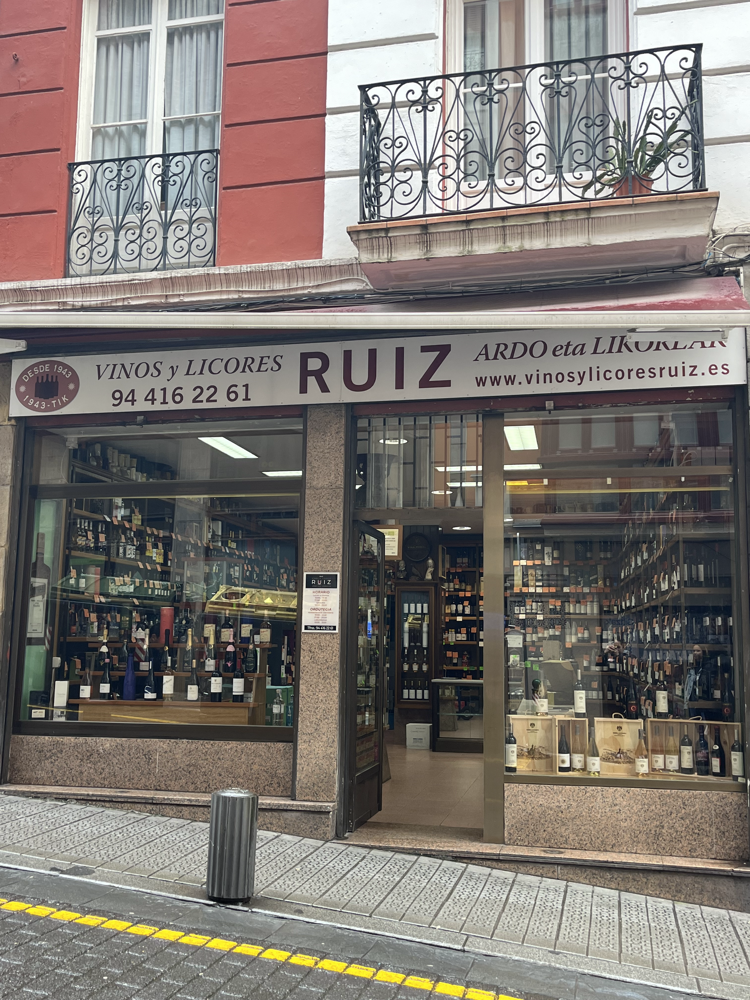
Writing System
・Uses the Latin alphabet with specific digraphs like tx (ch), tz (ts), z (s/z).
・Many Basque surnames and place names reflect ancient origins and meanings..
・Literacy in Basque is actively promoted in schools and media.
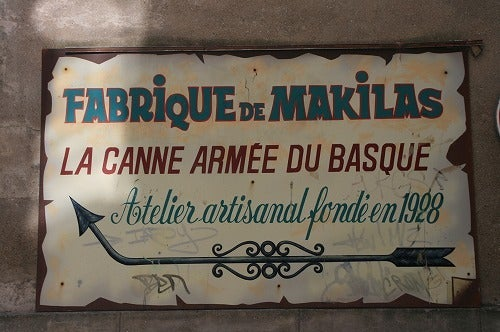
Basque uses the Latin alphabet with 27 letters, including “Ñ”. It relies on digraphs like tx (like “ch”), tz, and ll.
The orthography is phonemic, and accents are rarely used. Spelling reflects pronunciation closely.
Although Basque has no unique script, it features a distinct visual style called Letra Vasca. This traditional font, used in signage and decoration, includes flat-topped A’s and curled stroke endings. Fonts like Waskonia and Euskara replicate this visual identity digitally.
Detailed Habitat
・Spain: Bilbao (urban hub), San Sebastián (culinary center), Pamplona (cultural-historical)
・France: Bayonne, Saint-Jean-de-Luz, and smaller coastal towns
・Rural areas preserve more traditional lifestyles and language use.
Traditional Basque Games
Children’s Games
Over 800 traditional children’s games are recorded in the Basque Country. These include hopscotch, jump rope, top spinning, juggling with stones, and knife throwing. Play often mimics adult roles like herding, markets, or festivals. The proverb “Haurrak, haurlan” (“A child’s job is to play”) reflects the value placed on learning through play.
Adult Traditional Sports (Herri Kirolak)
Herri Kirolak refers to Basque rural sports, derived from farm and fishing labor. Common competitions include:
- Stone lifting (Harri-jasotzea): lifting stones up to 300kg
- Wood chopping (Aizkora proba): log cutting with axes
- Grass cutting (Segalaritza): scything speed trials
- Weight carrying (Txinga eramatea): distance walking with 50kg weights
- Hay bale throwing (Lasto botatzea): straw toss over a height bar
- Tug-of-war (Sokatira): 8-on-8 rope pulling
- Oxen-pulling (Giza-abere probak): animal-powered sled races
These events showcase strength and teamwork and are often featured in local festivals and modern championships. Events like the San Fermín festival include soapbox races based on these traditional sports.
Herri Kirolak preserve community identity and values of endurance, cooperation, and cultural pride.
1.Pelota (Pilota)
・Basque handball-like game played against a wall (frontón).
2.Aizkolaritza
・Competitive wood chopping; athletes use axes to split massive logs.
3.Harrijasotzaileak
・Stone lifting contests requiring incredible strengt
4.Children’s games
・Spinning tops, counting chants, and rhythm clapping games.
Introduction video
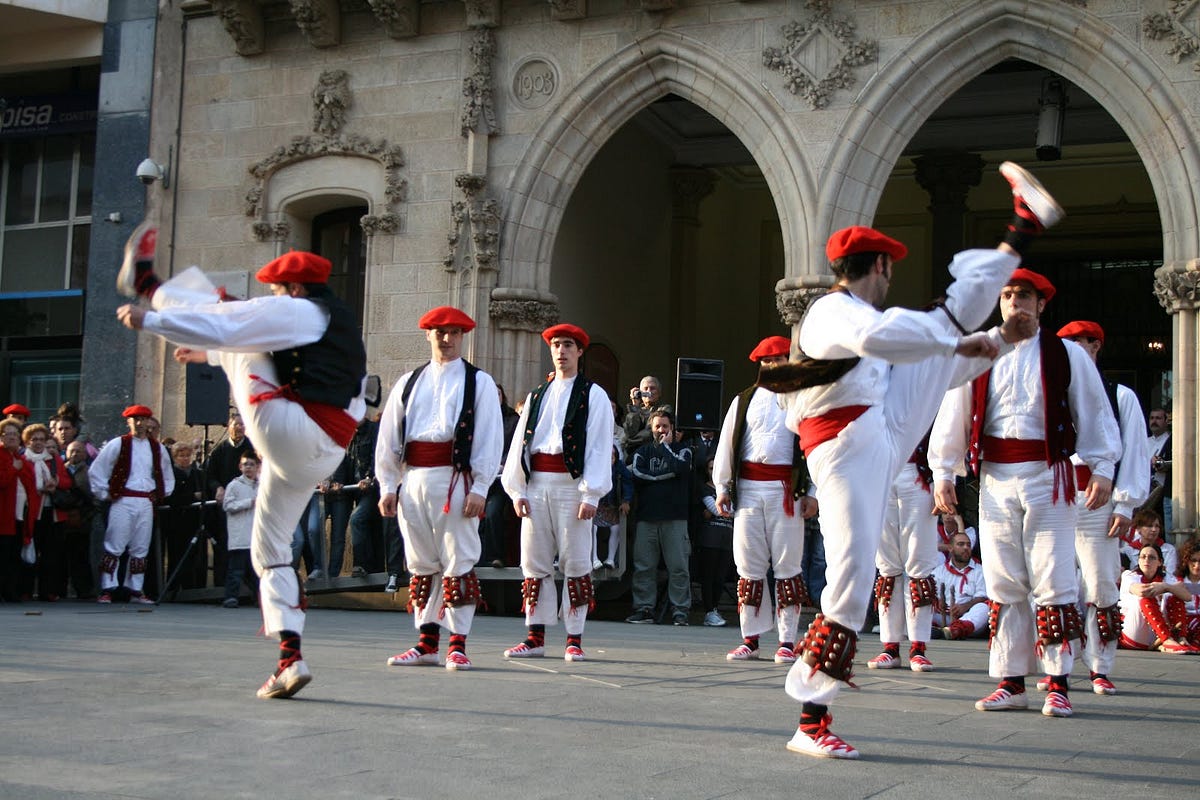
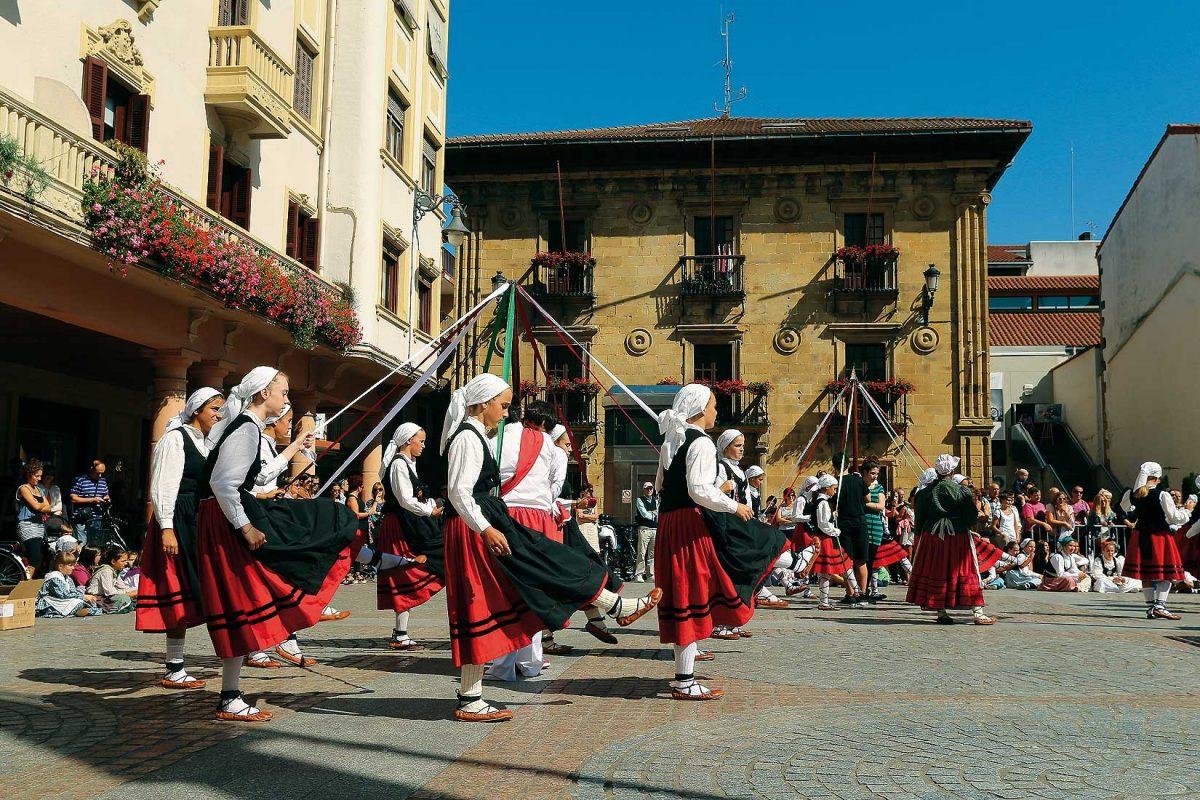
The Basque people embody linguistic mystery, cultural endurance, and a timeless connection to their land and identity—a true gem in the tapestry of world heritage.
Sources (International Databases)
・atlasetnografico.labayru.eus
atlasetnografico.labayru.eus
・en.wikipedia.org
en.wikipedia.org
・festival.si.edu
festival.si.edu
